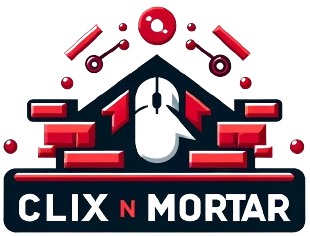Retail Technology: Transforming the Shopping Experience
Retail technology encompasses a wide range of digital tools, platforms, and applications designed to enhance both the retailer’s operations and the customer’s shopping experience. As the retail landscape evolves, technology plays a pivotal role in shaping innovative, efficient, and personalized retail environments. Here’s a look at how technology is transforming the retail sector:
E-commerce Platforms
E-commerce platforms have revolutionized the way consumers shop, offering the convenience of browsing and purchasing products online from anywhere, at any time. These platforms integrate advanced features like AI-driven product recommendations, AR for virtual try-ons, and seamless payment systems to enhance the online shopping experience.
Mobile Commerce
Mobile commerce, or m-commerce, has seen significant growth, with consumers increasingly using smartphones and tablets to make purchases. Retailers are optimizing their websites for mobile devices and developing apps that offer features like mobile payments, loyalty programs, and location-based services.
Omnichannel Solutions
Omnichannel retailing provides a cohesive customer experience across all channels, including brick-and-mortar stores, online, and mobile. Technologies like cloud computing and data analytics help retailers integrate these channels, ensuring consistent pricing, product availability, and customer service.
Artificial Intelligence and Machine Learning
AI and ML are at the forefront of retail innovation, used in customer service bots, personalized shopping experiences, inventory management, and predictive analytics. These technologies help retailers understand customer preferences, optimize operations, and forecast trends.
Augmented Reality (AR) and Virtual Reality (VR)
AR and VR technologies offer immersive experiences that bridge the gap between physical and digital retail. From virtual fitting rooms to 3D product visualizations, these technologies enhance customer engagement and decision-making.
Internet of Things (IoT)
IoT devices, such as smart shelves, RFID tags, and beacon technology, enable real-time tracking of inventory, personalized in-store promotions, and efficient store management. IoT enhances the connectivity between various retail components, streamlining operations and improving customer experiences.
Blockchain
Blockchain technology offers transparency, security, and efficiency in retail operations, particularly in supply chain management. It ensures product authenticity, tracks the movement of goods, and secures transactions, building trust between retailers and consumers.
Contactless Payments and Digital Wallets
The rise of contactless payments and digital wallets has made transactions faster, safer, and more convenient. This technology reduces checkout times, enhances customer satisfaction, and supports hygiene protocols by minimizing physical contact.
Big Data and Analytics
Big data and analytics provide insights into customer behavior, market trends, and operational efficiency. Retailers use these insights for personalized marketing, inventory optimization, and strategic decision-making.
Robotics and Automation
Robotics and automation are increasingly used in warehouses for sorting, packing, and shipping goods, as well as in stores for inventory management and customer assistance. These technologies improve accuracy, reduce labor costs, and enhance the speed of retail operations.
Social Commerce
Social commerce integrates shopping experiences directly into social media platforms, allowing consumers to make purchases without leaving the app. This seamless integration leverages the influence of social media on consumer purchasing decisions.
Sustainable Technology
Sustainability in retail technology focuses on reducing the environmental impact of retail operations. This includes energy-efficient stores, sustainable packaging solutions, and platforms that facilitate the recycling or resale of products.
Conclusion
Retail technology is continually evolving, driven by advancements in digital innovation and changing consumer expectations. As retailers adapt to these technologies, they can offer more personalized, efficient, and engaging shopping experiences, setting new standards for the industry’s future.
